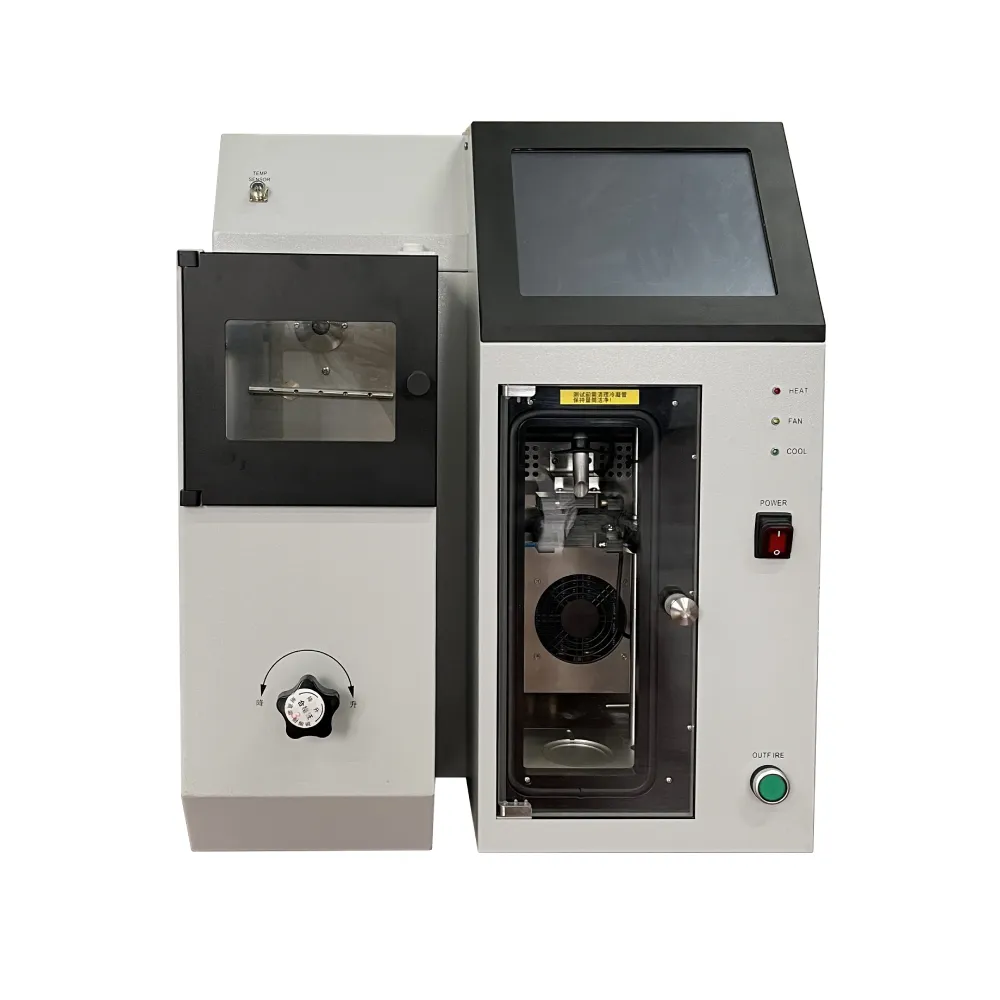 English
English



-
 Afrikaans
Afrikaans -
 Albanian
Albanian -
 Amharic
Amharic -
 Arabic
Arabic -
 Armenian
Armenian -
 Azerbaijani
Azerbaijani -
 Basque
Basque -
 Belarusian
Belarusian -
 Bengali
Bengali -
 Bosnian
Bosnian -
 Bulgarian
Bulgarian -
 Catalan
Catalan -
 Cebuano
Cebuano -
 China
China -
 China (Taiwan)
China (Taiwan) -
 Corsican
Corsican -
 Croatian
Croatian -
 Czech
Czech -
 Danish
Danish -
 Dutch
Dutch -
 English
English -
 Esperanto
Esperanto -
 Estonian
Estonian -
 Finnish
Finnish -
 French
French -
 Frisian
Frisian -
 Galician
Galician -
 Georgian
Georgian -
 German
German -
 Greek
Greek -
 Gujarati
Gujarati -
 Haitian Creole
Haitian Creole -
 hausa
hausa -
 hawaiian
hawaiian -
 Hebrew
Hebrew -
 Hindi
Hindi -
 Miao
Miao -
 Hungarian
Hungarian -
 Icelandic
Icelandic -
 igbo
igbo -
 Indonesian
Indonesian -
 irish
irish -
 Italian
Italian -
 Japanese
Japanese -
 Javanese
Javanese -
 Kannada
Kannada -
 kazakh
kazakh -
 Khmer
Khmer -
 Rwandese
Rwandese -
 Korean
Korean -
 Kurdish
Kurdish -
 Kyrgyz
Kyrgyz -
 Lao
Lao -
 Latin
Latin -
 Latvian
Latvian -
 Lithuanian
Lithuanian -
 Luxembourgish
Luxembourgish -
 Macedonian
Macedonian -
 Malgashi
Malgashi -
 Malay
Malay -
 Malayalam
Malayalam -
 Maltese
Maltese -
 Maori
Maori -
 Marathi
Marathi -
 Mongolian
Mongolian -
 Myanmar
Myanmar -
 Nepali
Nepali -
 Norwegian
Norwegian -
 Norwegian
Norwegian -
 Occitan
Occitan -
 Pashto
Pashto -
 Persian
Persian -
 Polish
Polish -
 Portuguese
Portuguese -
 Punjabi
Punjabi -
 Romanian
Romanian -
 Russian
Russian -
 Samoan
Samoan -
 Scottish Gaelic
Scottish Gaelic -
 Serbian
Serbian -
 Sesotho
Sesotho -
 Shona
Shona -
 Sindhi
Sindhi -
 Sinhala
Sinhala -
 Slovak
Slovak -
 Slovenian
Slovenian -
 Somali
Somali -
 Spanish
Spanish -
 Sundanese
Sundanese -
 Swahili
Swahili -
 Swedish
Swedish -
 Tagalog
Tagalog -
 Tajik
Tajik -
 Tamil
Tamil -
 Tatar
Tatar -
 Telugu
Telugu -
 Thai
Thai -
 Turkish
Turkish -
 Turkmen
Turkmen -
 Ukrainian
Ukrainian -
 Urdu
Urdu -
 Uighur
Uighur -
 Uzbek
Uzbek -
 Vietnamese
Vietnamese -
 Welsh
Welsh -
 Bantu
Bantu -
 Yiddish
Yiddish -
 Yoruba
Yoruba -
 Zulu
Zulu
Exploring the BDV Test Transformer for Enhanced Data Analysis Techniques
Understanding the BDV Test Transformer A Comprehensive Overview
In recent years, the field of natural language processing (NLP) has undergone significant transformations, primarily driven by advancements in transformer architectures. One such innovation that has garnered attention is the BDV test transformer. This novel approach is pivotal for various applications, including machine translation, sentiment analysis, and information extraction.
The BDV test transformer, as its name suggests, is based on the foundational transformer model proposed by Vaswani et al. in 2017. While the original transformer architecture brought a breakthrough in how machines process and understand language, new adaptations like BDV aim to optimize these functions for specific tasks. This model is designed to provide a clearer framework for evaluating and testing the performance of other transformer-based models.
Understanding the BDV Test Transformer A Comprehensive Overview
One of the standout features of the BDV test transformer is its focus on Evaluative Dimension Variation (BDV). This attribute is vital for tasks that require understanding subjective opinions and emotions, making the transformer particularly useful in sentiment analysis. By incorporating evaluative dimensions, the model can differentiate between positive, negative, and neutral sentiments more effectively than previous models.
bdv test transformer

Another important aspect of the BDV test transformer is its scalability. The architecture is designed to accommodate varying sizes of input data, which is beneficial in real-world applications where datasets can be voluminous and diverse. The scalability ensures that the model remains effective without compromising performance, regardless of the data it processes.
Training the BDV test transformer involves leveraging large datasets that are rich in diverse language formats. This training process enables the model to learn from a wide range of linguistic patterns, enhancing its predictive capabilities. Furthermore, continuous learning mechanisms integrated within the BDV framework allow the model to adapt to new language trends and terminologies, ensuring its relevance in a rapidly evolving linguistic landscape.
In practical applications, the BDV test transformer has shown promise in enhancing machine translation services. By more accurately interpreting context and sentiment, it provides translations that are not only linguistically correct but also culturally relevant. This capability is particularly crucial for businesses operating in global markets, as it helps them communicate more effectively with diverse audiences.
Moreover, the BDV test transformer has profound implications for content moderation and social media analysis. By understanding the nuances of language, it empowers platforms to automatically flag inappropriate content based on emotional undertones, thus maintaining a safer online environment.
In conclusion, the BDV test transformer represents a significant leap forward in transformer-based models for natural language processing. Its ability to evaluate dimensions of language effectively, combined with its scalability and adaptability, positions it as a critical tool for researchers and practitioners alike. As we continue to explore the benefits of such innovations, the potential applications of the BDV test transformer are bound to expand, shaping the future landscape of NLP and artificial intelligence.
-
Ensuring Transformer Reliability with High-Precision Turns Ratio TestingNewsJul.18,2025
-
Ensuring SF₆ Gas Safety: Introducing PUSH’s Integrated SF₆ Analyzer for Dew Point, Purity, and Decomposition MonitoringNewsJul.10,2025
-
Exploring the Main Types of Industrial Endoscopes and Their Applications Across IndustriesNewsJul.04,2025
-
Testing Equipment Industry Sees Major Advancements in 2025: Smart & Precision Technologies Lead the WayNewsJun.06,2025
-
Applications of Direct Current Generators in Renewable Energy SystemsNewsJun.05,2025
-
Hipot Tester Calibration and Accuracy GuidelinesNewsJun.05,2025



